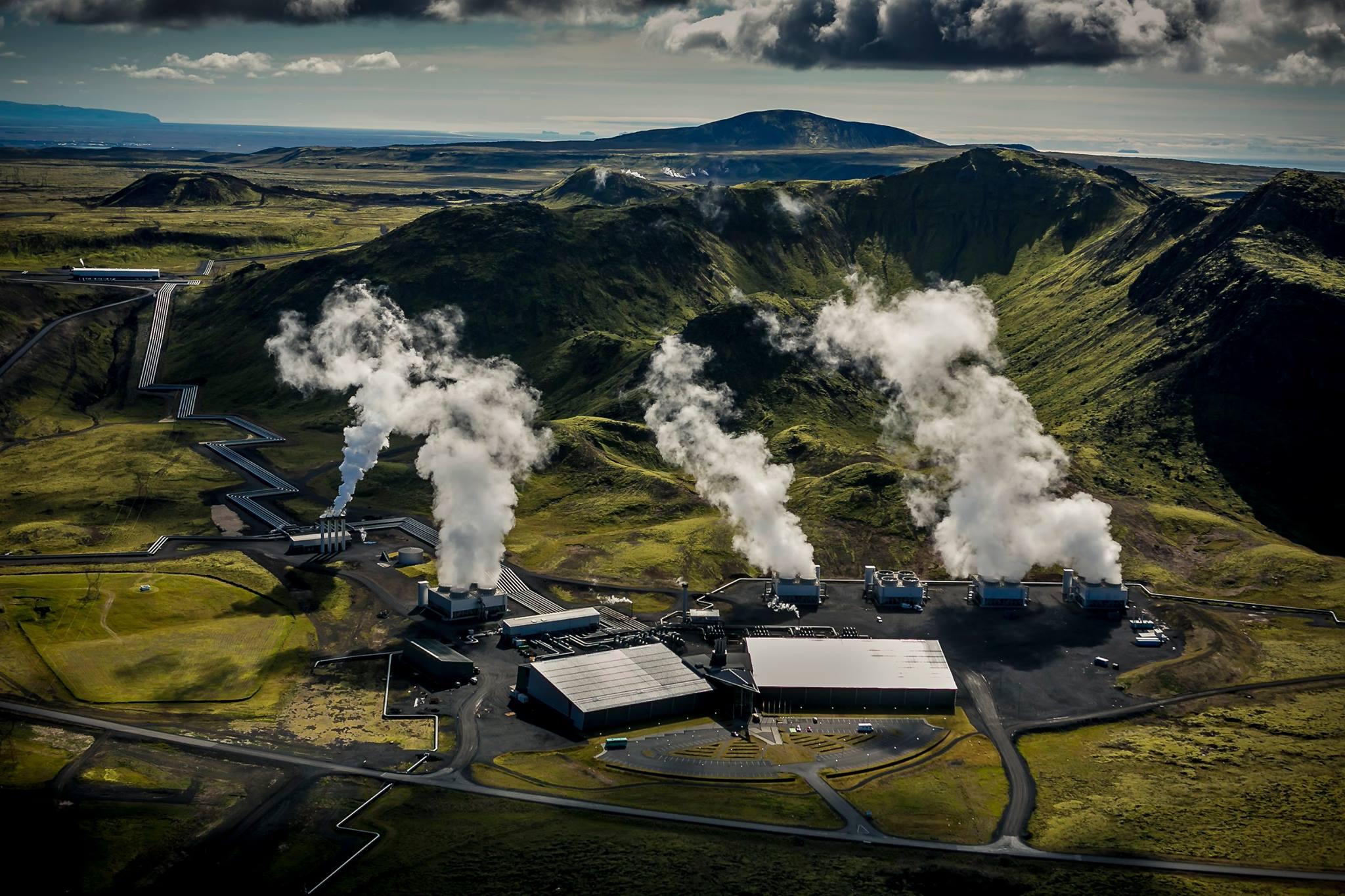World’s First 'Negative Emissions' Plant Turns Carbon Dioxide To Stone
This week brought the grand opening of the first facility using direct-air capture machines to suck C02 out of the air and bury it in the earth in the form of stones.
Updated May 26 2019, 2:11 p.m. ET
The world, as of now, is run on carbon dioxide. Industries and activities across the planet emit carbon into the atmosphere as a byproduct of production, transportation, and just about every other thing humans do. For perspective, human activity yields 40 trillion kg of carbon dioxide a year. This means that we’re on track to cross a crucial emissions limit that will cause global temperatures to rise past the dangerous 2°C limit set by the Paris climate agreement, setting in motion stronger effects of climate change. Luckily, scientists are already on track to solve this.
Until this point, most scientists put their focus on curbing carbon emissions as the number one solution. Now most experts believe that option is gone. Instead, they are focusing on a new innovation: direct-air capture, or massive machines that suck CO2 from the atmosphere like trees "but on steroids," according to Quartz. And while many believed this technology was an unreasonable ask due to the huge price tag attached to it, this week brought the grand opening of the first facility boasting direct-air capture machines at a reasonable price.
The plant is located in Iceland and was opened by the Swiss startup Climeworks, and it verifiably achieves negative carbon emissions and turns the captured C02 into stone by injecting it into the ground, which keeps it from escaping back into the atmosphere. The plant is still at pilot scale, capturing only 50 metric tons CO2 from the air each year—or about the same amount emitted by a single US household—but it’s the first system to convert the emissions into stone, proving out a potentially world-changing system.
Other than Climeworks, there are two other startups working on this technology – Canada’s Carbon Engineering and the US’s Global Thermostat. A fourth company, Kilimanjaro Energy, ended operations due to a lack of funding. And despite the cynics, each startup is boasting a reasonable price for their technology, and a modular system that will allow easy construction at various scales.
Each of the startups has built a pilot plant to prove out their technology. In May, Climeworks set up its first commercial unit in Switzerland, which is capable of capturing about 1,000 metric tons of CO2 from the air each year. The captured CO2 is supplied to a nearby greenhouse, where a high concentration of the gas boosts crop yield by 20 percent. And while this one was a success, the newest plant in Iceland is even more impressive: It’s the first true “negative emissions” facility.
To bring the technology to market, Climeworks first needed a “carbon-neutral” power plant, which they found in Iceland in the form of a geothermal plant. The plant uses naturally occurring volcanic heat to produce heat and electricity by pumping water underground pipes. As the water travels, it heats up and turns into steam, which is used to run turbines. The plant produces enough energy to power 200,000 American households – and enough to power the direct-air capture machines.
Now that the plant is up and running, Climeworks is looking for customers who want to buy into programs that cut their emissions. One possibility is the delivery company DHL, which has committed to reaching zero emissions by 2050. But even if their entire fleet of vehicles goes electric, DHL's airplanes will still emit C02. The hope is that the company – and many others – will pay money to Climeworks to bury those excess emissions into the ground.
